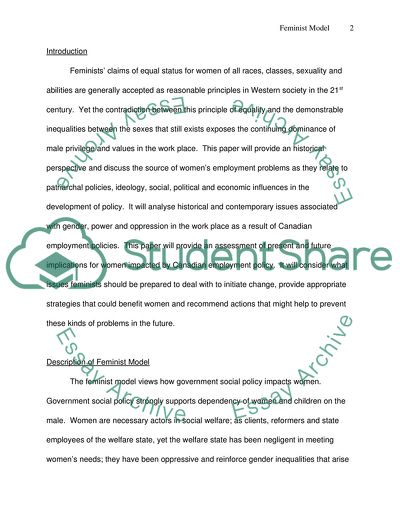Cite this document
(Feminist Model and Employment Policy in Canada Assignment, n.d.)
Feminist Model and Employment Policy in Canada Assignment. https://studentshare.org/sociology/1703458-3rd-year-social-work-course-feminist-model-and-canadian-employment-policies
Feminist Model and Employment Policy in Canada Assignment. https://studentshare.org/sociology/1703458-3rd-year-social-work-course-feminist-model-and-canadian-employment-policies
(Feminist Model and Employment Policy in Canada Assignment)
Feminist Model and Employment Policy in Canada Assignment. https://studentshare.org/sociology/1703458-3rd-year-social-work-course-feminist-model-and-canadian-employment-policies.
Feminist Model and Employment Policy in Canada Assignment. https://studentshare.org/sociology/1703458-3rd-year-social-work-course-feminist-model-and-canadian-employment-policies.
“Feminist Model and Employment Policy in Canada Assignment”. https://studentshare.org/sociology/1703458-3rd-year-social-work-course-feminist-model-and-canadian-employment-policies.


